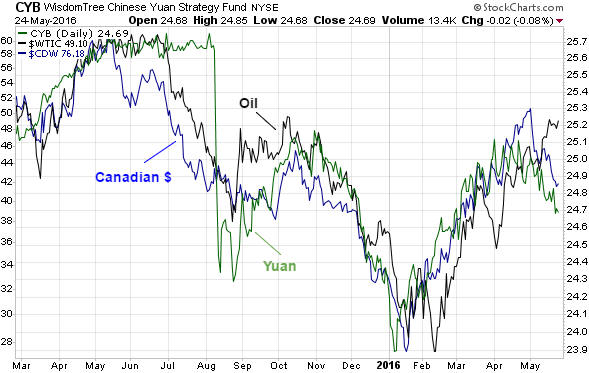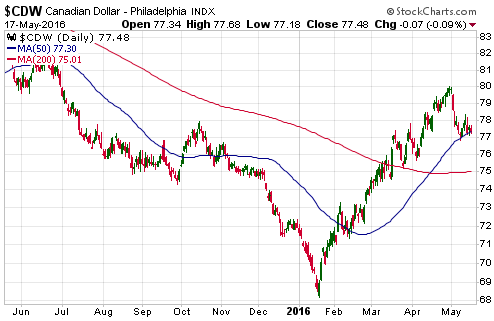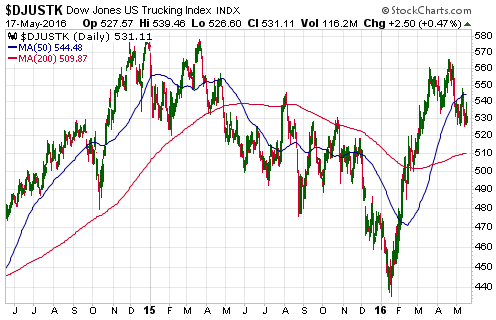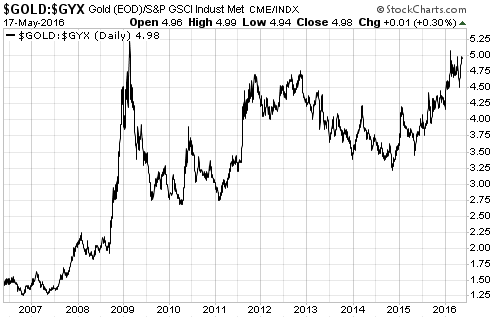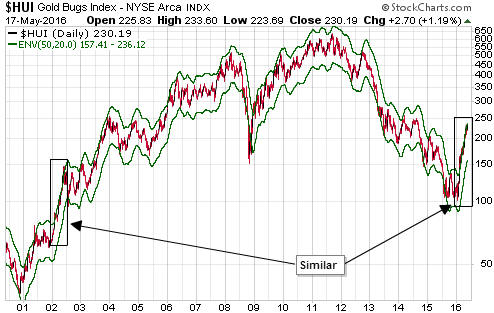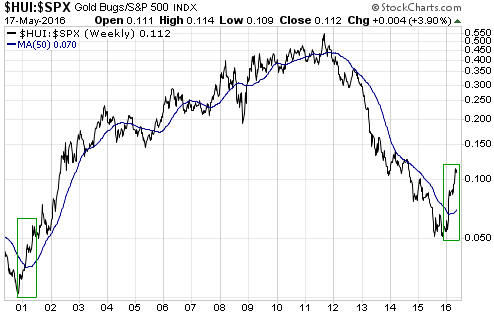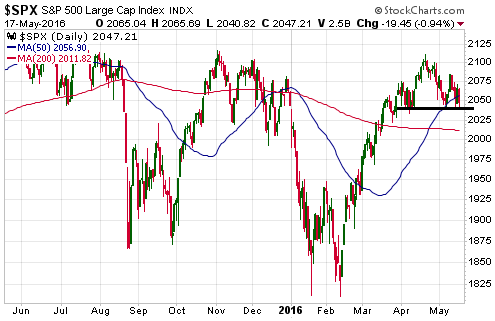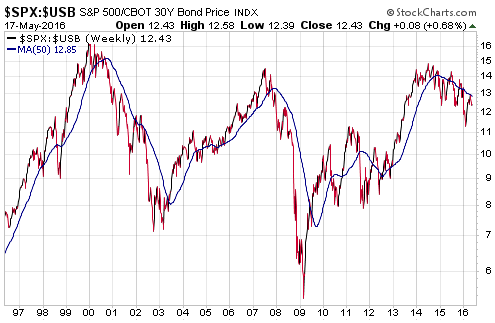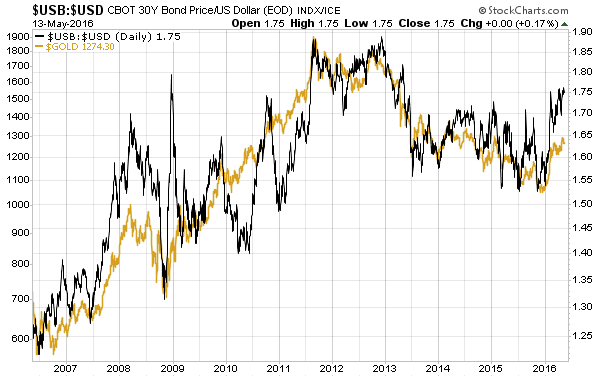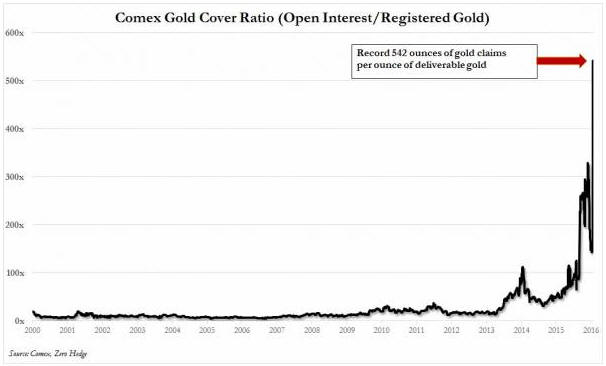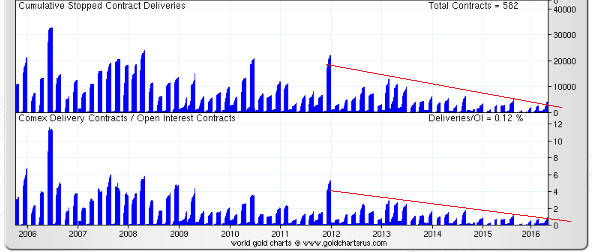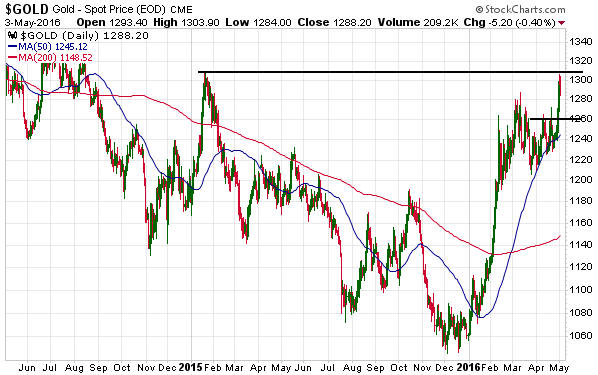When the central bank lowers interest rates in an effort to prompt greater current spending it brings about a wealth transfer from savers to speculators of various stripes. While this is unethical, in economics terms the ethical problem isn’t the main issue. The main issue, and the reason that monetary stimulus doesn’t work as advertised, is TANSTAAFL (There Ain’t No Such Thing As A Free Lunch). At a very superficial level (the level at which all Keynesian economists operate) the interest-rate suppression policies appear to provide a free, or at least a very cheap, lunch, but the bill ends up being much higher than it would have been if it had been paid up front.
The likes of Bernanke, Yellen, Draghi and Kuroda admit that their so-called “monetary accommodation” hurts savers in the present, but they claim that the benefits to the overall economy outweigh the disadvantages to savers. Central bankers are apparently — at least in their own minds — endowed with a god-like wisdom that enables and entitles them to determine who should become poorer and who should become richer, all with the aim of elevating the economy. For example, here’s how the ECB justified its interest-rate suppression policy in June of 2014:
“The ECB’s interest rate decisions will…benefit savers in the end because they support growth and thus create a climate in which interest rates can gradually return to higher levels.”
And:
“A central bank’s core business is making it more or less attractive for households and businesses to save or borrow, but this is not done in the spirit of punishment or reward. By reducing interest rates and thus making it less attractive for people to save and more attractive to borrow, the central bank encourages people to spend money or invest. If, on the other hand, a central bank increases interest rates, the incentive shifts towards more saving and less spending in the aggregate, which can help cool an economy suffering from high inflation. This behaviour is not specific to the ECB; it applies to all central banks.”
It’s now two years later and the ECB is heading down the same policy path despite the complete absence of any success. The benefit that savers are supposedly going to get “in the end” appears to be even further away now than it was back then, although it is fair to say that European savers have definitely got it ‘in the end’.
Only the final sentence of the above excerpt is true (it’s true that the ECB is just as bad as other central banks). In order to believe the rest, you must have a poor understanding of economic theory.
‘Time’ is the most important element that central bankers deliberately or accidentally ignore when they make the sort of statements included in the above ECB quote. Increased saving does not mean reduced spending; it means reduced spending on consumer goods in the present in exchange for greater spending on consumer goods in the future. By the same token, reduced saving does not mean increased spending; it means increased consumer spending in the present in exchange for reduced consumer spending in the future.
Isn’t it obvious that this tradeoff between current and future consumer spending will happen most efficiently and for the greatest benefit to the overall economy if it is allowed to happen naturally, that is, if interest rates are allowed to reflect peoples’ actual time preferences? To put it another way, isn’t it obvious that if people are in a financial position where it makes sense for them to increase their saving (reduce their current spending on consumer goods) in order to repair balance sheets that have been severely weakened by excessive prior consumer spending, then the WORST thing that a policymaker could do is put obstacles in the way of saving and create artificial incentives for additional borrowing and consumption?
It obviously isn’t obvious, because monetary policymakers around the world continue to do the worst things they could do.
 Print This Post
Print This Post

